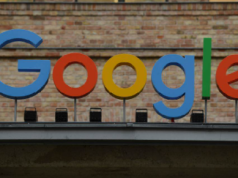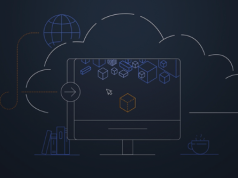Artificial intelligence (AI) is the emulation of human cognitive processes by computer systems. These processes include learning (the acquisition of knowledge and the rules for utilizing it), reasoning (the application of rules to obtain approximate or definite conclusions), and self-correction. AI may be classified into two types: narrow AI and general AI.
- Narrow AI (Weak AI): This type of AI is designed and trained for a particular task or set of tasks. It operates within a limited context and is a simulation of human intelligence focused on a narrow range of activities. Examples of narrow AI include virtual personal assistants like Siri, recommendation systems like those used by Netflix and Amazon, and autonomous vehicles.
- General AI (Strong AI): This type of AI would have the ability to understand, learn, and apply knowledge across diverse tasks, similar to human intelligence. General AI remains largely theoretical and is not yet achieved. It would have the capacity to perform any intellectual task that a human can do.

How AI Works
AI systems require vast amounts of data to learn from. This data can come from various sources such as sensors, images, text, or structured databases.
Once the data is collected, it often needs to be cleaned and preprocessed to remove noise, irrelevant information, or inconsistencies. This step is crucial to ensure the quality of the data used for training.
In this step, the AI model is trained using machine learning algorithms. During training, the model learns to recognize patterns and correlations in the data. The model adjusts its parameters iteratively until it can accurately perform the task it’s designed for.
After training, the model is tested using a separate dataset to evaluate its performance. This step helps identify any issues such as overfitting (when the model performs well on the training data but poorly on new, unseen data).
Once the model is trained and tested, it can be deployed to perform its intended task in real-world scenarios. It’s essential to monitor the model’s performance over time and update it as needed to maintain its effectiveness.









